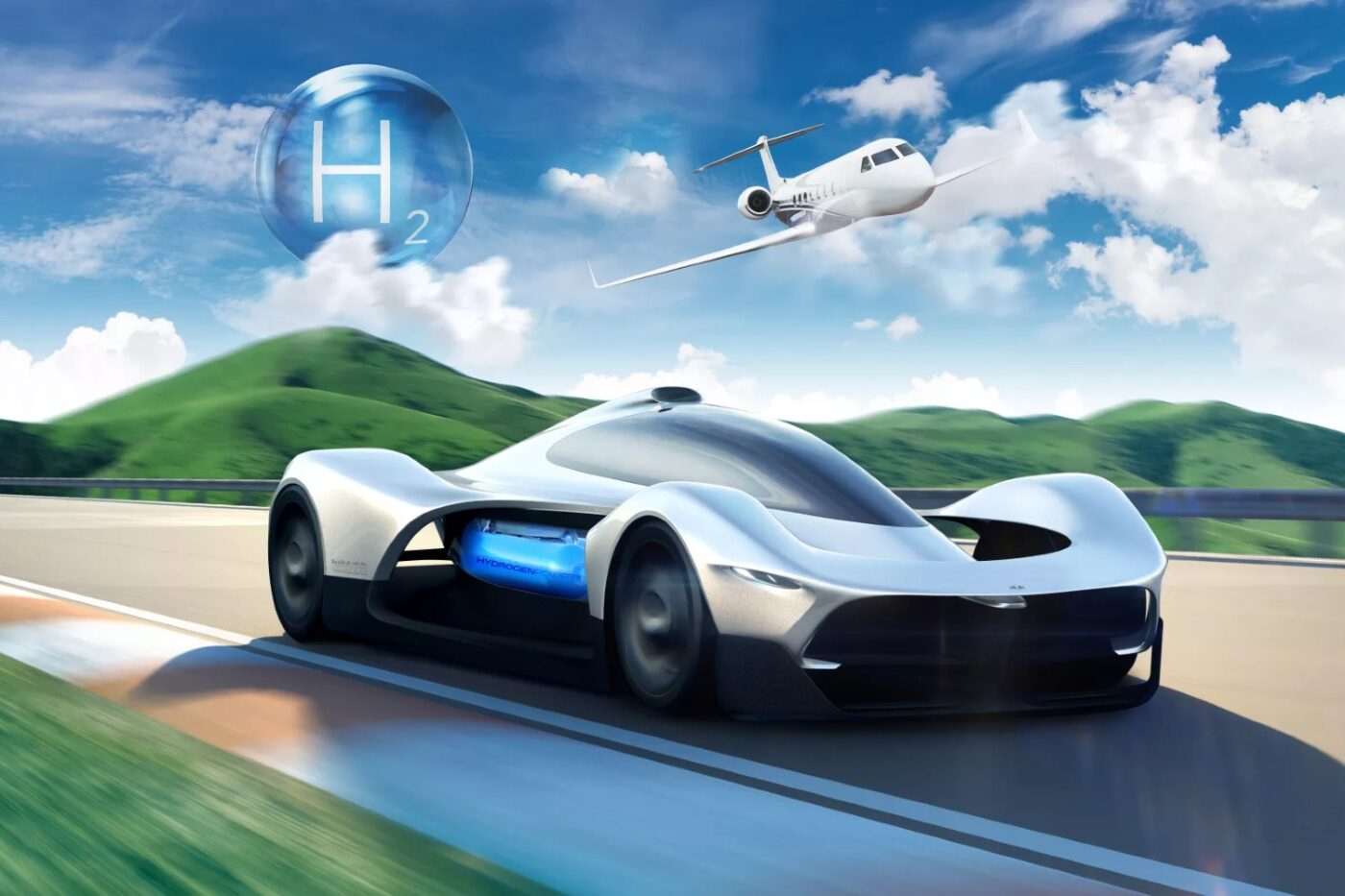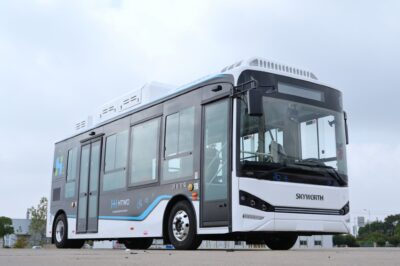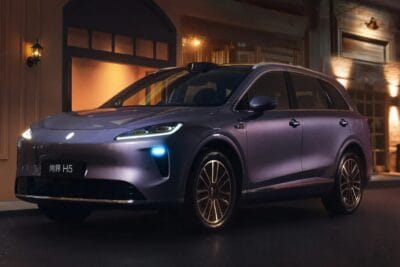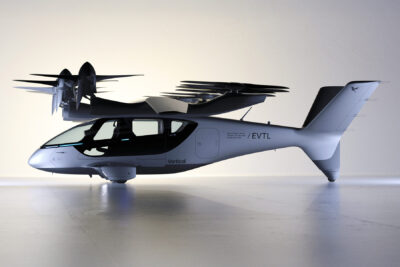AVL and Red Bull to fine-tune fuel cells for aviation and motorsport
The aim of the cooperation is to optimise fuel cells to meet the needs of aviation, future motorsport series and other “applications with maximum payload”. To this end, they are to be two-thirds lighter than conventional fuel cell systems and, according to AVL, will reach new power density dimensions.
The partners are the Austrian technology specialist AVL, which is developing both BEV and FCEV drives, and Red Bull Advanced Technologies, the high-performance division of the Red Bull Racing Group. The cooperation combines “AVL’s industry leading portfolio of PEM fuel cell technology and Red Bull’s winning technologies and novel methodologies in lightweight design, construction, and aerodynamics”, according to the statement. Based on joint investigations, the duo believe that “drastic improvements” in gravimetric power density can be achieved: The targeted values are 6 kW/kg at stack level and 2 kW/kg at system level.
Rob Gray, Technical Director, Red Bull Advanced Technologies, comments: “We are delighted to be working with AVL on this collaboration to increase fuel cell power density and thus improve performance. It goes to show how beneficial the application of cutting edge F1 inspired engineering can be with solving real-world problems.”
“We are very proud to be working closely with Red Bull,” says Jürgen Rechberger, Vice President of AVL. “This partnership will combine the knowledge and experience of our experts, allowing us to improve the gravimetric power density of our fuel cell technology by a factor of three and hence meet the requirements of high-performance applications like aviation and racing.”
With more than 12,300 employees, AVL describes itself as “one of the world’s leading companies for development, simulation and testing in the automotive industry and other sectors”. Alternative drives are playing an increasingly important role here. With this in mind, the Austrian company opened a new Battery Innovation Centre (BIC) in Graz in 2021. In addition to the development of new high-voltage batteries for electric vehicles, the focus is on establishing, implementing and validating new production processes. The 1,600 square metre facility is embedded in the company’s headquarters in Graz.





0 Comments